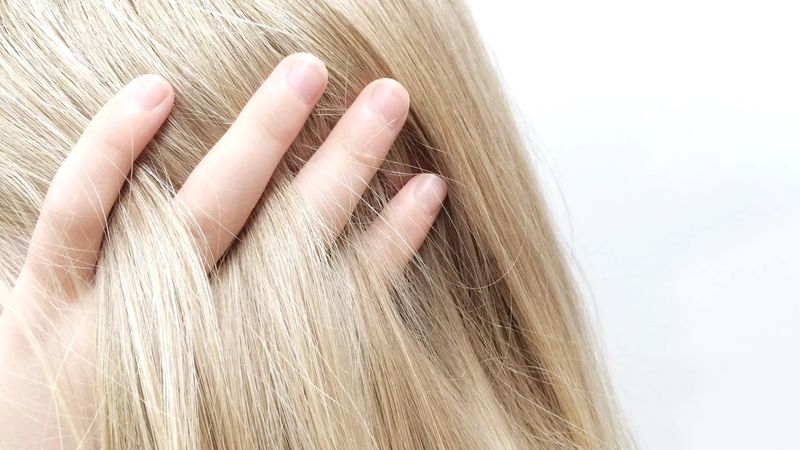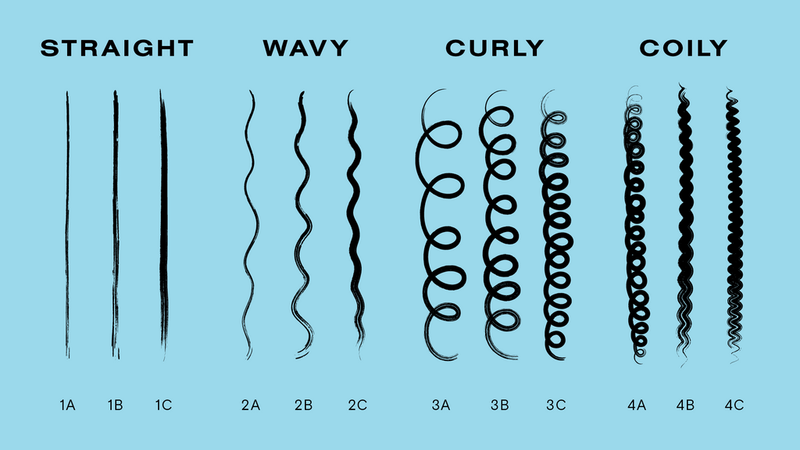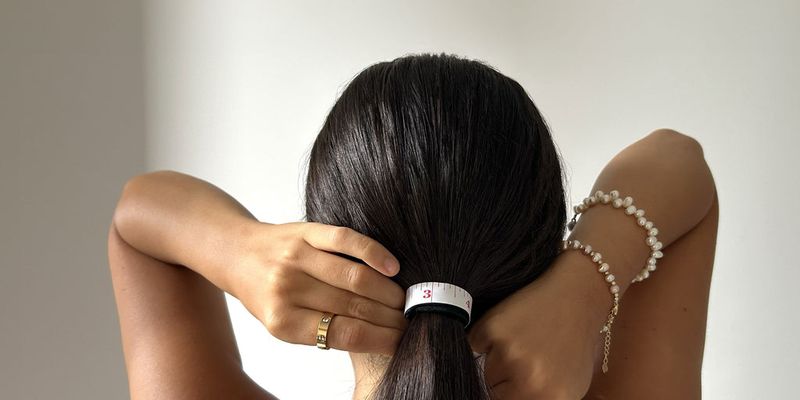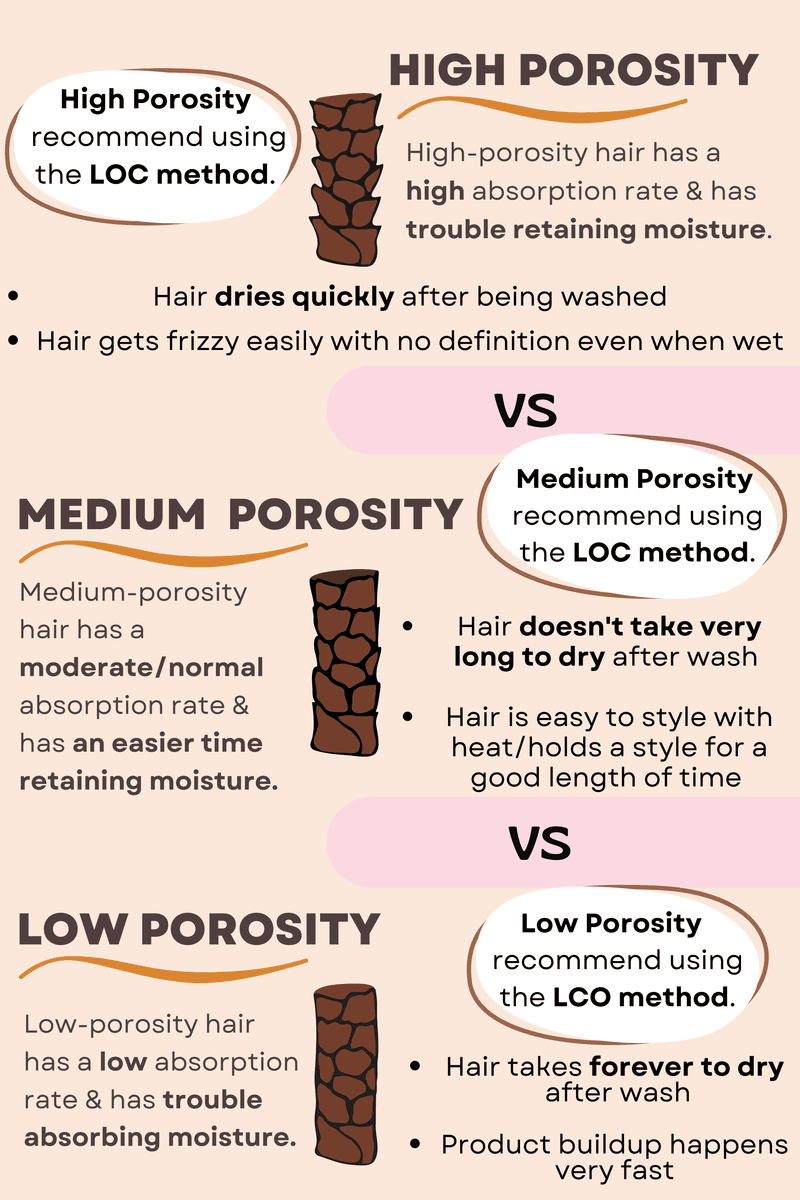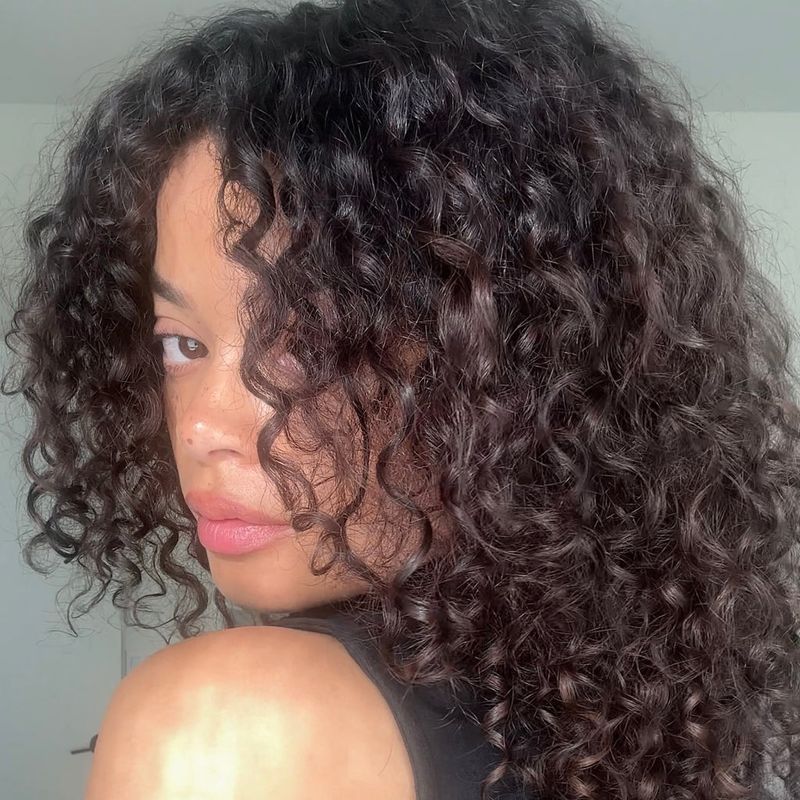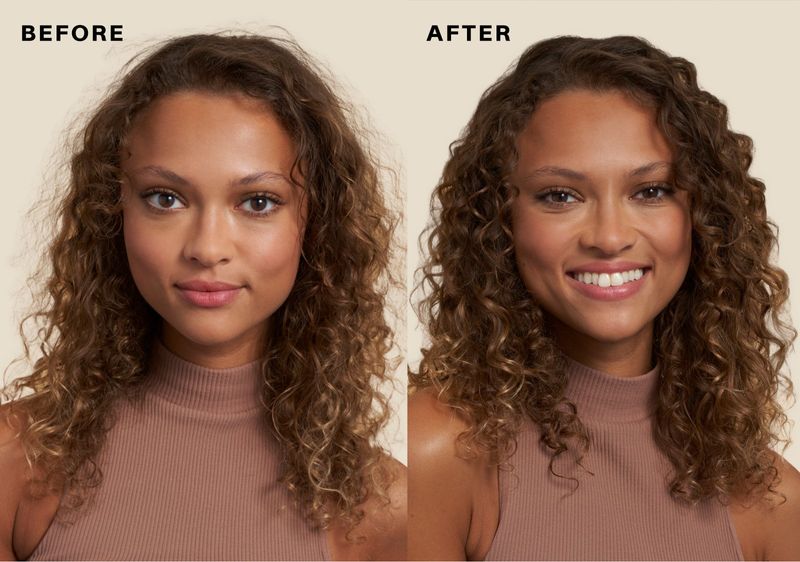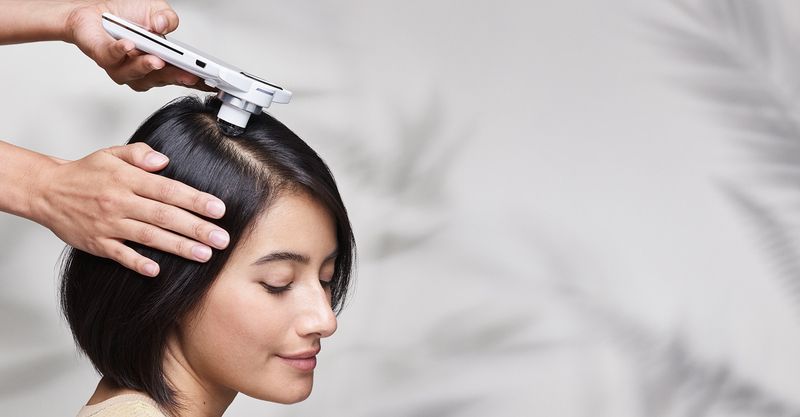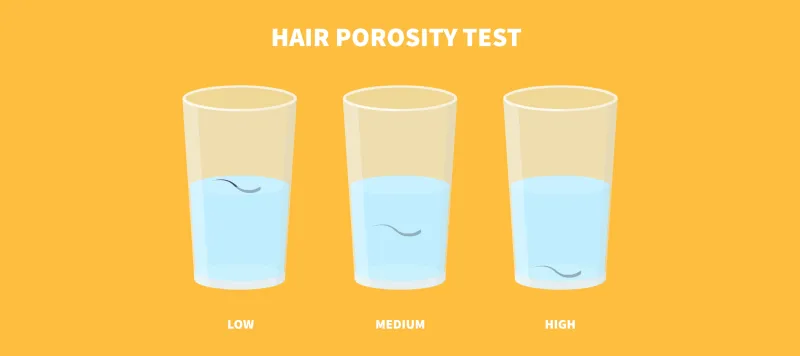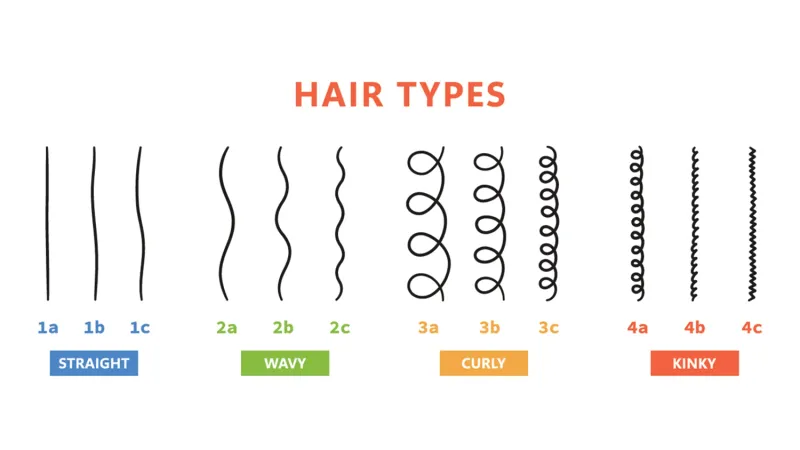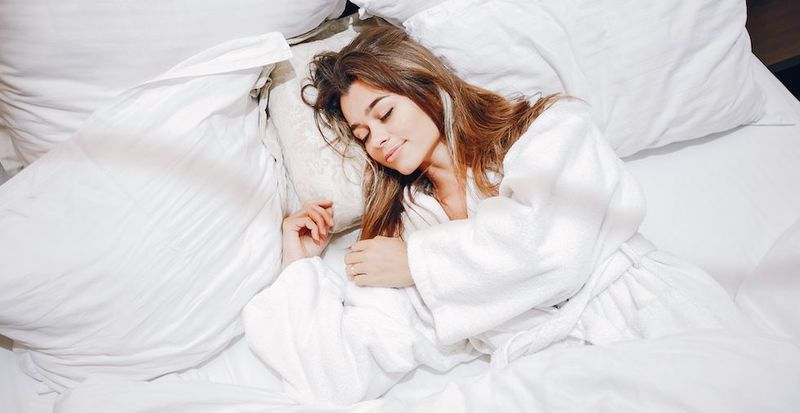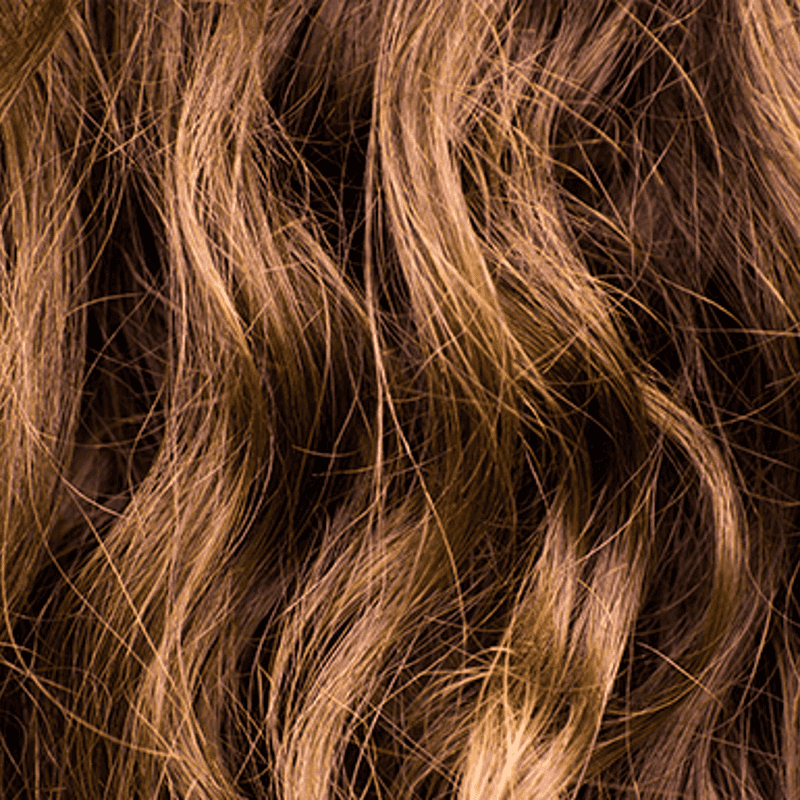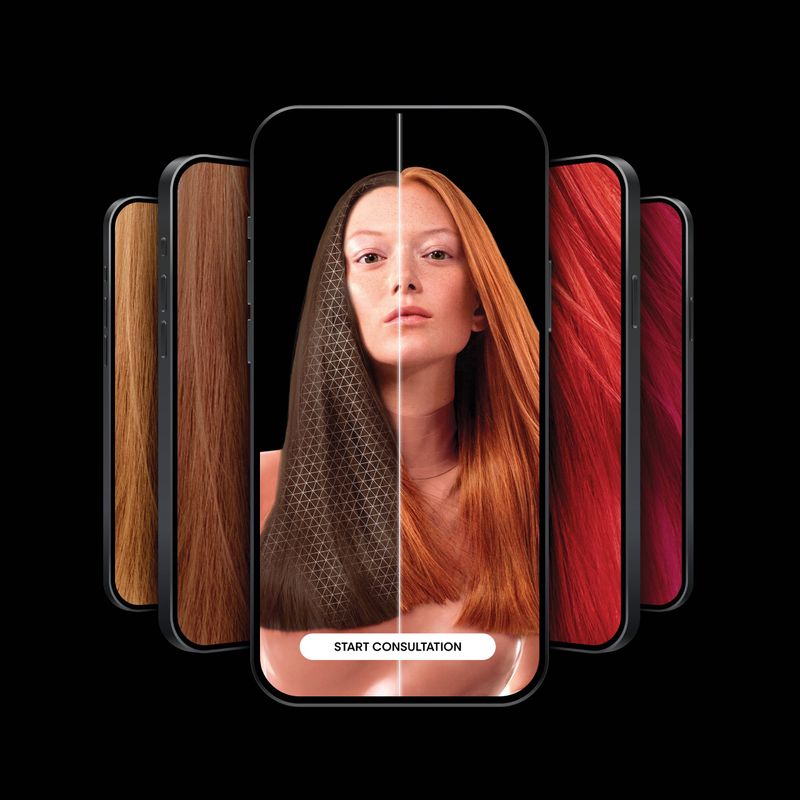Ever looked in the mirror and wondered what your hair texture actually is? Understanding your unique hair type is the key to finding the right products, styling techniques, and haircuts that work for you. Hair texture affects everything from how your hair holds styles to which shampoo will give you the best results, so getting to know yours is worth the effort!
1. The Strand Test
Take a single strand of clean, dry hair between your fingers. Roll it gently to feel its thickness. Fine hair feels nearly invisible, medium has some resistance, while coarse hair feels sturdy and thick.
2. Mirror Examination
Stand in natural light facing a mirror. Look closely at your overall hair pattern. Straight hair reflects light evenly, wavy shows gentle S-patterns, curly forms spirals, and coily creates tight zigzags or coils.
Related: -7 Straight-Hair Problems No One Talks About And 8 Easy Fixes That Shine
3. Wet Hair Analysis
Fresh out of the shower? Perfect time for texture testing! Straight hair stays flat when wet, wavy forms gentle curves, curly creates defined spirals, and coily forms tight coils that shrink significantly.
4. The Curl Chart Comparison
Hair texture charts categorize hair from 1A (pin-straight) to 4C (tight coils). Compare your dry, product-free hair to these visual guides online or at salons to pinpoint your exact texture category.
5. Elasticity Check
Gently stretch a wet strand of hair. Healthy hair with good elasticity returns to its original length without breaking. Low elasticity indicates dryness or damage, while high elasticity suggests naturally curly texture.
6. Blow-Dry Behavior
Watch how your hair responds to blow-drying. Straight hair dries quickly with minimal effort. Wavy hair straightens easily but may revert. Curly and coily textures require more time and technique.
7. Ponytail Measurement
Gather your hair into a ponytail and measure its circumference. Less than 2 inches indicates fine hair, 2-4 inches suggests medium thickness, and more than 4 inches points to thick, dense hair.
8. Product Absorption Rate
Apply a small amount of styling product to clean, damp hair. Fine hair becomes quickly saturated and may look greasy. Coarse or curly hair absorbs products rapidly, sometimes needing more for coverage.
9. Air-Drying Observation
Let your freshly washed hair air-dry completely without products or manipulation. The natural pattern that emerges—whether straight, wavy, curly, or coily—reveals your true texture type.
10. Root Volume Assessment
Check your roots in a mirror. Naturally flat roots often indicate straight or fine hair. Voluminous roots that stand away from the scalp suggest wavy, curly, or coarse textures.
11. Frizz Factor Evaluation
Monitor how your hair responds to humidity. Straight, low-porosity hair resists frizz. Wavy and curly types often expand and frizz in humid conditions, indicating higher porosity and texture pattern.
12. Behind-the-Ear Test
Tuck your hair behind your ear. If it stays put, you likely have straight or wavy hair. If it immediately springs back out, you probably have curly or coily texture with natural spring.
13. Professional Consultation
Visit a stylist specializing in texture analysis. They’ll examine factors like density, porosity, elasticity, and curl pattern to determine your exact hair type and recommend appropriate care routines.
14. Porosity Water Test
Drop a clean strand of hair into a glass of water. Low-porosity hair floats, medium-porosity hair floats then sinks slowly, and high-porosity hair sinks immediately—giving clues about your texture type.
15. Styling Tool Response
Notice how your hair behaves with styling tools. Straight hair holds curls temporarily. Wavy hair straightens easily but reverts with humidity. Curly hair can be resistant to both curling and straightening.
16. Wash Day Timeline
Track how quickly your hair gets oily after washing. Fine, straight hair often needs daily washing. Coarser, curlier textures can go longer between washes as natural oils travel more slowly.
17. Sleep Pattern Evidence
Examine your hair after sleeping without protection. Straight hair may have a kink or two. Wavy shows enhanced waves. Curly and coily types often experience significant flattening or frizzing.
18. Childhood Photo Review
Look at your childhood photos. Many people’s true texture appears in early childhood before styling habits, hormones, or chemical treatments alter it. This can reveal your genetic texture baseline.
19. Family Texture Patterns
Survey your biological family members’ hair textures. Genetics strongly influence hair type, so similar patterns among relatives can confirm your natural texture category or explain texture variations throughout your hair.
20. Digital Hair Analysis Apps
Try hair texture analysis apps that use your phone’s camera to assess your hair pattern, density, and porosity. These tech tools can provide detailed texture profiles and product recommendations.


